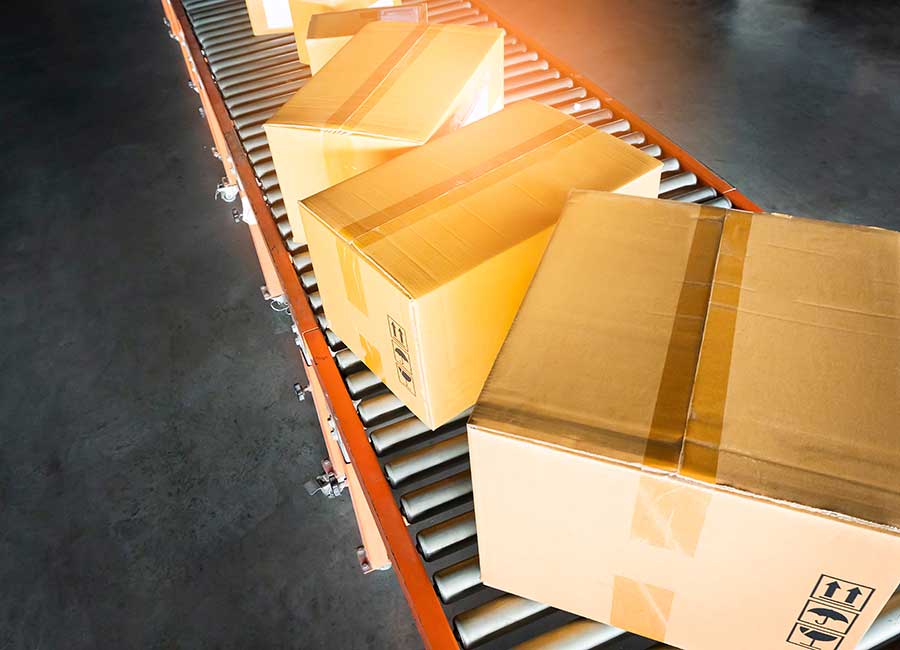Published October 28, 2020
Many companies today are experiencing a radical change in their distribution profiles. Retailers that built their networks to support store deliveries in case quantities-or more drastically-manufacturers that built their network to support deliveries to retail distribution centers (DCs) are now delivering directly to the consumer. While this has been good in terms of volume increases, the fact of the matter is that what used to be pallet quantities of a single item are now a handful of different items going to thousands of customers.
Unfortunately, many DCs are not equipped to deal with this massive change in order profile. As a result, many companies are increasing labor at a time when labor is already scarce and safe social distancing is a necessity.
With all of these changes hitting just a few months ago, here are a few key points to keep in mind while transitioning or preparing your DC operations:
- Understand your order volumes and profiles to best modify your DC. Compare last year’s data to this year after March to see how your orders have changed in cube and quantity to determine the specific adjustments that need to be made.
- Clearly understand cubic order size and adjust accordingly. This is important to determine how much space your order will require and may also impact shipping rates.
- Incorporate flexibility into your facilities. Develop flexible designs with the ability to grow and change as your customer and business requirements dictate. As the marketplace ebbs and flows, you will need to do both case and pallet as well as each replenishment.
- Implement automated order fulfillment strategies and solutions. Autonomous mobile robot (AMR) solutions can be rapidly deployed to help reduce labor costs and accommodate peak volumes.
- Maximize space utilization. Seek out structures and designs that enable you to increase valuable floor space, such as storage mezzanines or overhead transport systems.
- Identify vacant real estate for temporary operations. If your current space isn’t sufficient enough to handle increased order volumes, look for alternative low-cost locations like vacant retail spaces.
Contact us today to learn how we can help you transform your DC operations with confidence during these uncertain times.



